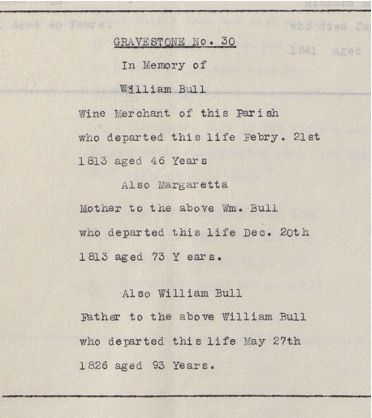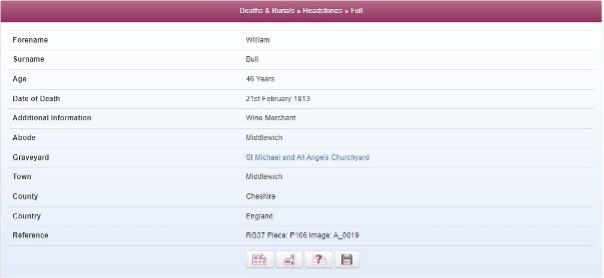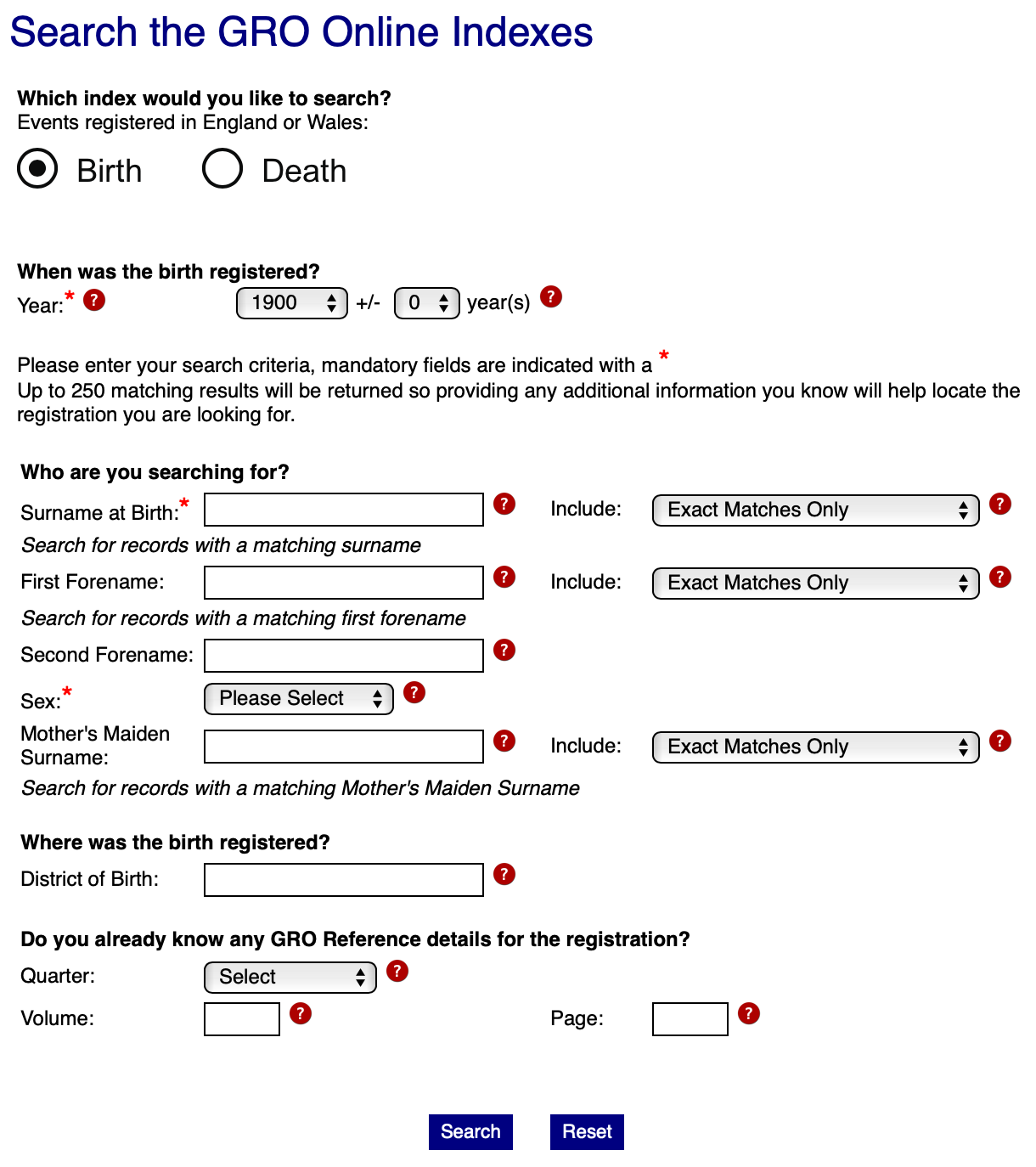GRO Headstone Removal Records added to The Genealogist
The Genealogist website issued a press release today revealing the addition of 125,000 records to its headstone collection. These records are to be found in series RG 37 at The National Archives and relate to the removal of human remains and the associated headstones (not just headstones) and are a fascinating source of information.
You can access the collection by searching the “Deaths & Burials” section in Master Search and filtering down to “Headstones”. Here is an example of a Cowling record, located at St Paul, Chester Road, Hooton, Ellesmere Port, Cheshire. The entry includes links to images of the church and the churchyard, as well as a link to its location on Google Maps.
The press release is reproduced below:
The Genealogist has added to its Headstone Collection copies of records from certain local authorities and the Church Commissioners that relate to the removal of graves and tombstones in burial grounds. These records are held by The National Archives.
They detail former cemeteries from all over England and Wales and cover the years 1619 to 2003. A number contain a plan of the original place of burial while some will reveal the place of reinterment also.

Headstones are an extremely useful record for the family historian as they can give the researcher information that has not been recorded elsewhere.
They are mostly accurate in revealing dates and names and often other family members are on the same tombstone or are buried close by.
When a grave or headstone has been removed then a record of the inscription may have been recorded in this particular record set.
The "Removal of Graves and Tombstones" records on The Genealogist are part of their Death & Burials – Headstone Collection and are searchable by:
- the deceased’s name
- year of death
- place of original burial
- any keyword that may have been included

The origin of these RG 37 official records of burial ground removals can be traced back to 1911 and a recommendation was made by the Attorney General that such records be made and deposited with the local registrar of births and deaths. The Registrar General suggested to the Home Secretary of the time that the records should be deposited with the miscellaneous records held by the General Register Office instead of at the local registrar.
If your ancestor was buried in one of the burial grounds to have been recorded in this release then, despite the headstone no longer standing, you will be able to discover details about your ancestor recorded on their tombstone at the time it had been originally erected.
You can read the full article here: A not so final resting place, where you will also find a discount on a Diamond Subscription to The Genealogist.








